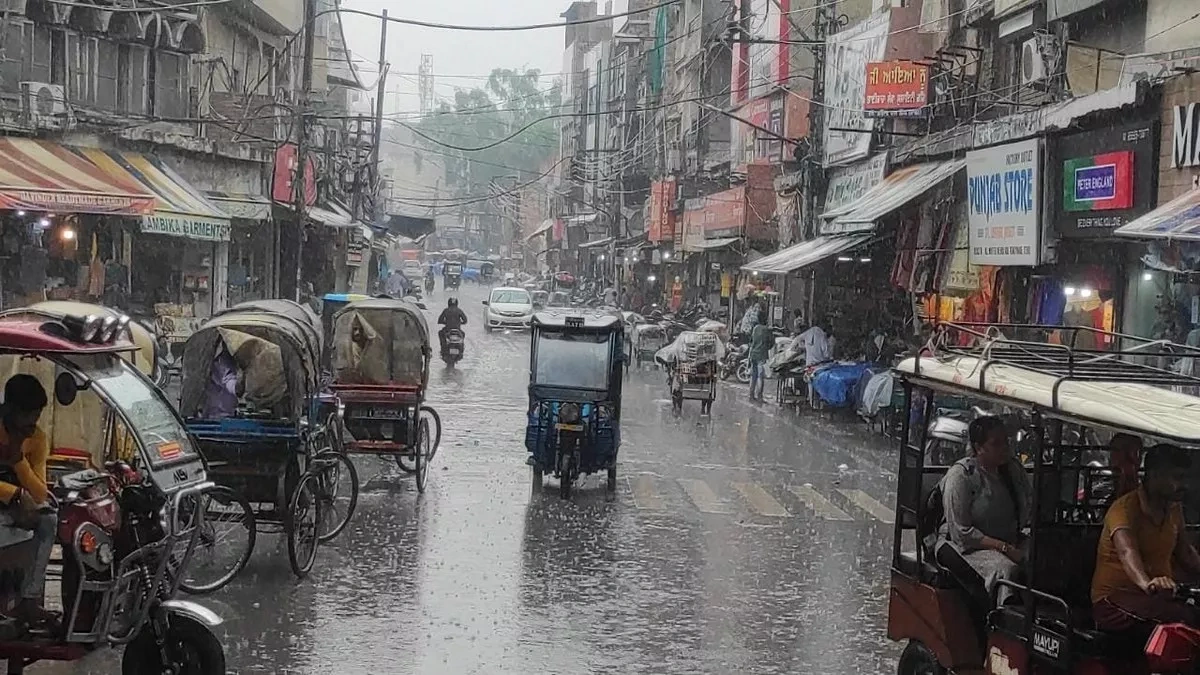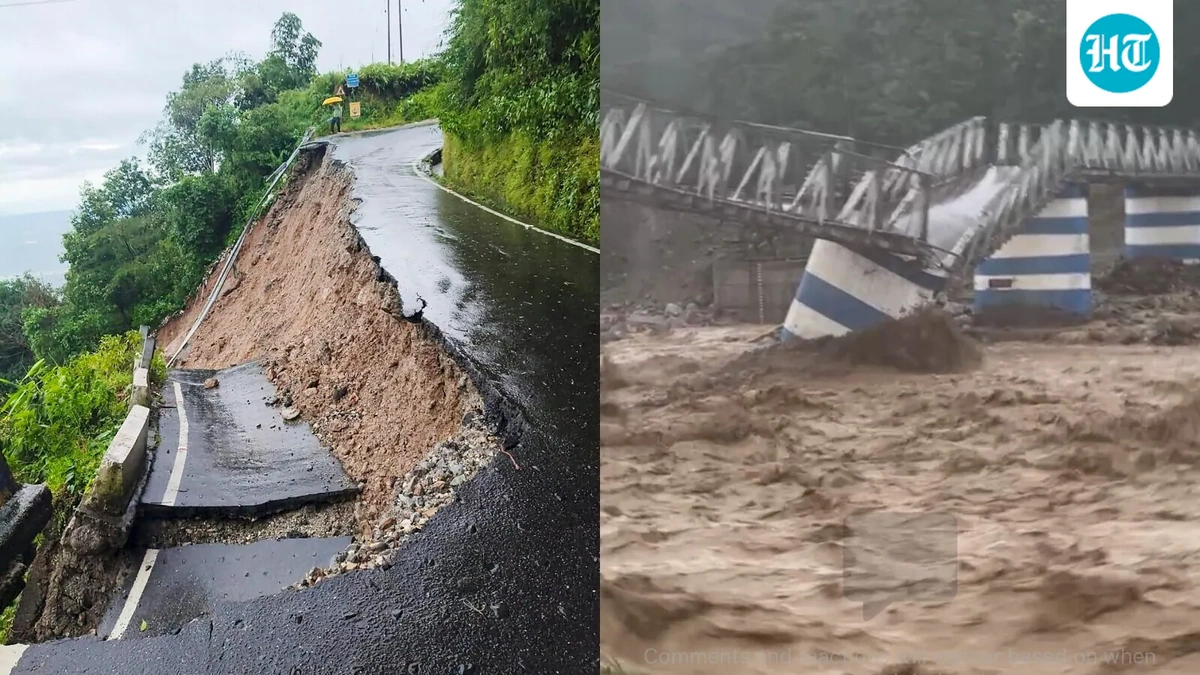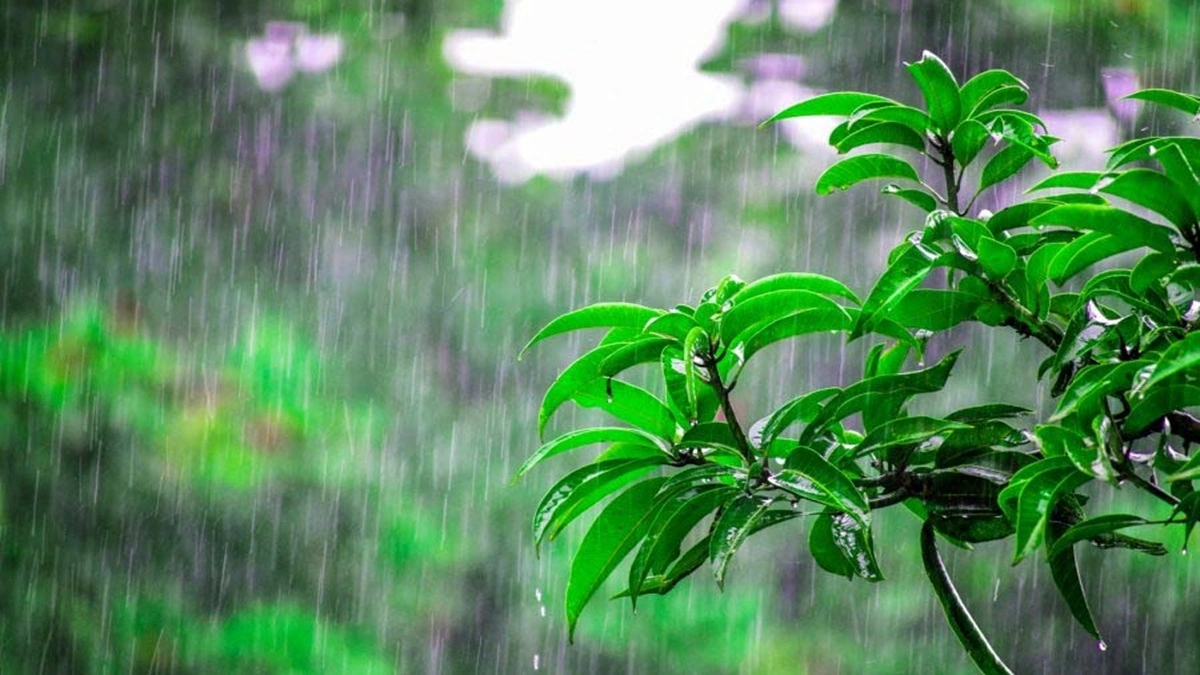Ludhiana’s Weather Isn’t Just Hot, It’s Complicated. Here’s Why.
Ever step outside in Ludhiana and think, “This isn’t just hot, this is… different?” Or stare into that thick winter fog and wonder where the entire city went? You’re not just imagining it. The weather in Ludhiana is more than a number on an app; it’s a complex, dramatic story unfolding right outside your window.
Let’s be honest. You can get the basic forecast anywhere. A quick search will tell you the Ludhiana temperature today is scorching, or that there’s a chance of rain. But that’s like reading the last page of a book without knowing the characters. It gives you the result, but none of the juicy details, none of the ‘why’.
And the ‘why’ is where it gets fascinating.
What if I told you that Ludhiana’s sweltering heat and its bone-chilling fog are two sides of the same coin, influenced by winds that have travelled all the way from the Mediterranean Sea? Or that the city’s air isn’t just something you breathe, but an active ingredient that’s literally rewriting our weather patterns? Stick with me. We’re going to unpack the real story behind Ludhiana’s climate, and I promise, you’ll never look at a cloudy sky the same way again.
The Great Seasonal Tug-of-War | Why Ludhiana’s Seasons Feel So Extreme
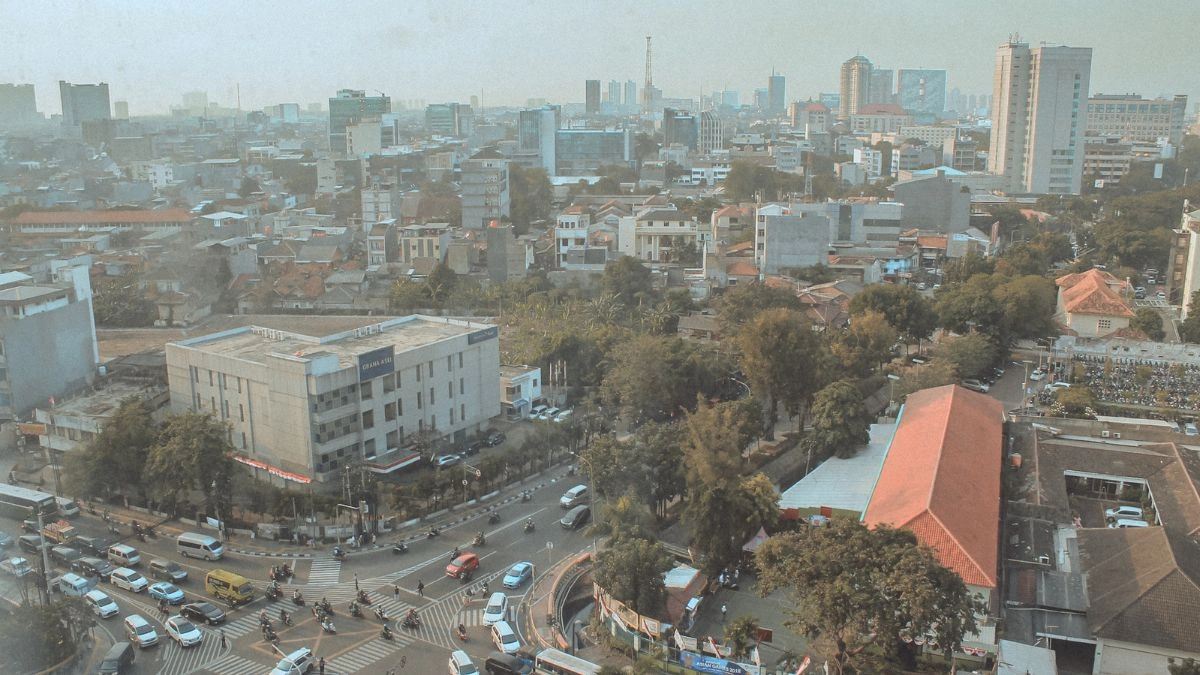
Ludhiana doesn’t do “mild.” We do extremes. Blistering summers melt into torrential monsoons, which give way to winters so foggy you could carve them. This isn’t random; it’s a result of a massive geographical tug-of-war happening over Northern India.
So, what are the main players on the field?
1. The Summer Heat Machine: Before the monsoon arrives, Ludhiana becomes an oven. This isn’t just about being far from the sea. Hot, dry winds, the infamous ‘Loo’, sweep across the plains from the west. The land bakes, creating a massive low-pressure area. Think of it as nature creating a giant vacuum, desperately trying to pull in moisture from anywhere it can find it. This intense pre-monsoon heat is the necessary, if brutal, opening act for the main event.
2. The Monsoon’s Grand Entrance: The Ludhiana monsoon date is a topic of intense speculation every year. That low-pressure ‘vacuum’ eventually becomes strong enough to pull the moisture-laden winds all the way from the Arabian Sea and the Bay of Bengal. But their journey is long. A city like Hyderabad gets the rain much earlier because it’s closer to the coast. By the time the monsoon clouds reach Punjab, they’ve already travelled over a thousand kilometres, making their arrival date a little less predictable and their performance sometimes erratic.
3. The Winter Troublemaker (The Western Disturbance): This is my favourite part. What fascinates me is that Ludhiana’s winter chill has its origins near Europe. Seriously. Storms forming over the Mediterranean Sea, called Western Disturbances, drift eastwards. During winter, they travel across Iran, Afghanistan, and Pakistan, picking up moisture, and finally hit the Himalayas.
While a city like Srinagar gets heaps of snow from these disturbances, by the time they reach the plains of Ludhiana, they deliver light winter rain and, crucially, a massive injection of moisture into the cold, still air. And that moisture is the key ingredient for the legendary winter fog in Ludhiana .
The Elephant in the Room | How Pollution Rewrites the Weather Script
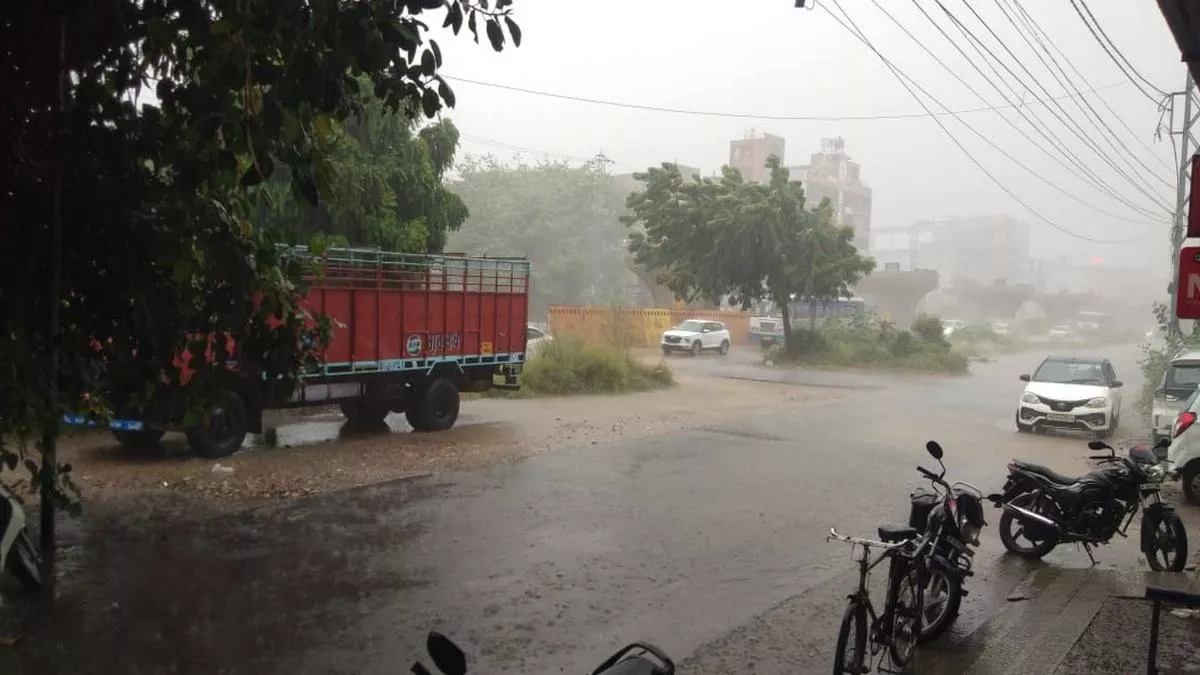
I initially thought weather was all about these grand, natural forces. But then I realized there’s a local troublemaker that’s messing with the entire system: pollution.
The air quality in Ludhiana isn’t just a health headline; it’s an active weather-making-machine. Here’s how it works in the simplest terms.
Fog is essentially a cloud on the ground, made of tiny water droplets hanging in the air. For these droplets to form, they need something to cling to a tiny particle. In clean air, these particles are natural things like dust or pollen. But in Ludhiana, the air is full of microscopic pollutants from traffic, industry, and stubble burning.
These particles are a perfect ‘seed’ for fog. They are, as scientists call them, “cloud condensation nuclei.”
What does this mean for you? It means the fog we experience is often not natural. It’s an unnatural, souped-up version thicker, denser, and lasting much, much longer because there are so many pollutant particles for the moisture to grab onto. This is why a winter morning can go from slightly misty to zero visibility in a shockingly short time. It’s a chemical cocktail, not just water vapour. This phenomenon, often called “smog,” is detailed by agencies like the Central Pollution Control Board of India.
So, when you’re stuck in traffic on a foggy morning, you’re not just a victim of the weather; you’re sitting inside one of the very ingredients that makes it worse. It’s a sobering thought.
Navigating the New Normal | What This All Means for You
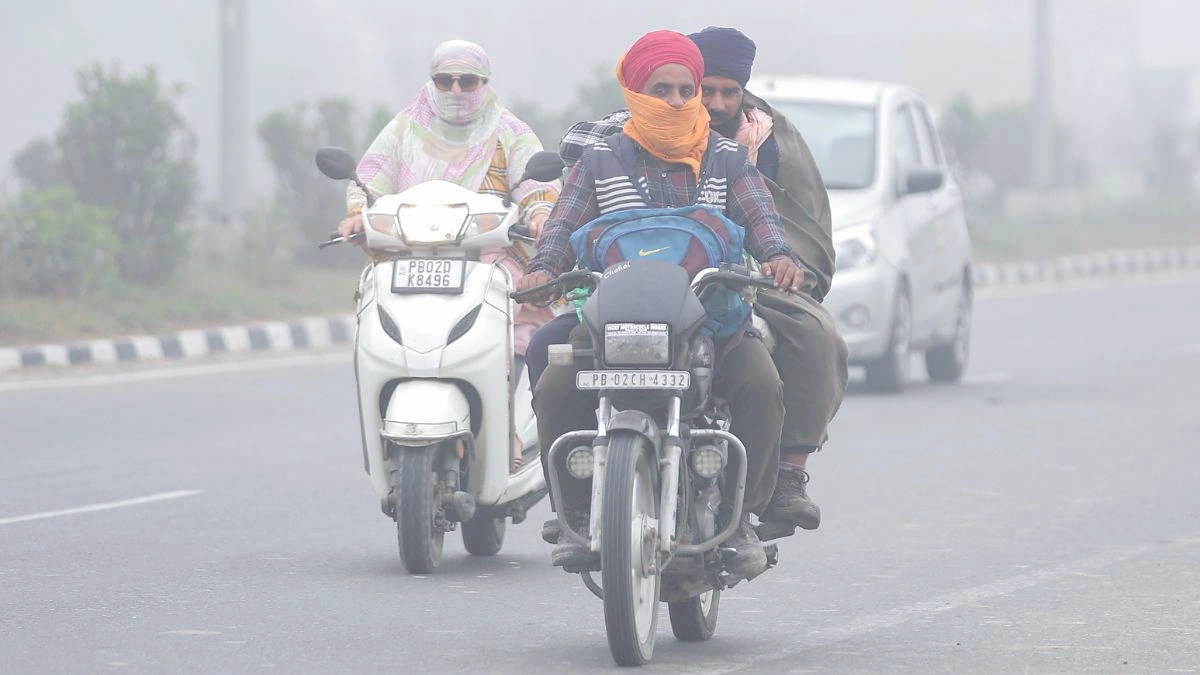
Okay, so we’ve covered the science. But why does any of this matter to your daily life? Because understanding the ‘why’ helps you anticipate the ‘what’.
- For Your Health: Knowing that winter fog is laced with pollutants explains why respiratory issues spike. It’s not just cold air; it’s a chemical soup. An N95 mask on a foggy day isn’t an overreaction; it’s a smart precaution.
- For Your Plans: The erratic nature of the monsoon, influenced by larger climate trends, means the traditional farming calendar and even your travel plans need to be more flexible. That sudden, intense Ludhiana rain forecast isn’t a freak event; it’s part of the new pattern of short, intense bursts of rain rather than long, gentle drizzles.
- For Your Commute: The connection between Western Disturbances and dense fog means you can almost predict when travel chaos is coming. A forecast of a “passing Western Disturbance” in December or January is your cue to prepare for potential train and flight delays and treacherous road conditions.
The broader Punjab weather update is no longer just about seasons changing on time. It’s about adapting to a system that feels more volatile and less predictable. The heatwaves are hotter, the rains more intense, and the fog thicker. This isn’t a glitch; it’s the new operating system.
Frequently Asked Questions About Ludhiana’s Weather
Why is Ludhiana so foggy in the winter?
It’s a combination of two things: moisture and pollution. Moisture arrives from the west via weather systems called Western Disturbances. This moisture then condenses around the high concentration of pollutant particles in the air, creating a thick, persistent smog that natural fog wouldn’t be able to match.
When can we really expect the monsoon to arrive in Ludhiana?
The official onset for this region is typically late June to early July. However, ‘onset’ can be misleading. What we’re seeing more of are delayed arrivals and erratic patterns, so it’s best to follow the daily forecasts from the India Meteorological Department (IMD) for the most accurate, short-term predictions.
Are the 45°C+ heatwaves in Ludhiana normal?
While Ludhiana has always had hot summers, the frequency and intensity of severe heatwaves reaching 45°C and beyond are increasing. Climate scientists widely agree that this is part of a larger global warming trend, making extreme heat events more common than in past decades.
How can I check the real-time air quality in Ludhiana?
Several apps and websites provide real-time Air Quality Index (AQI) data. The official government source is the ‘SAMEER’ app by the CPCB. This is the best way to know when it’s advisable to stay indoors or wear a mask, especially during winter.
What is a Western Disturbance, and why do I keep hearing about it?
Think of it as a storm system born over the Mediterranean Sea that travels east. In winter, it’s the primary source of rain and snow for North India. For Ludhiana, it means winter showers and the crucial moisture supply that leads to dense fog. It’s a huge driver of our winter weather.
So, the next time you look up at the sky in Ludhiana, remember you’re not just looking at weather. You’re seeing a grand, complex story play out a story of global winds, continental pressures, and our own very local, very human impact. And understanding that story is the first, most powerful step towards navigating it.
